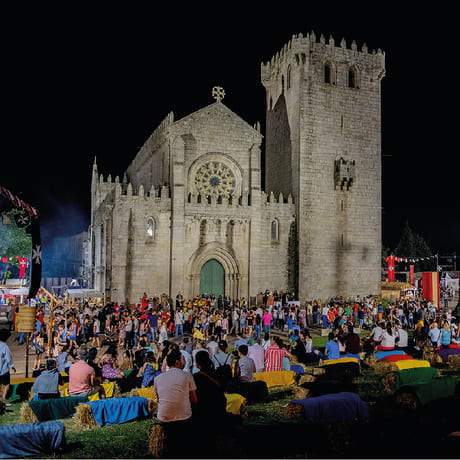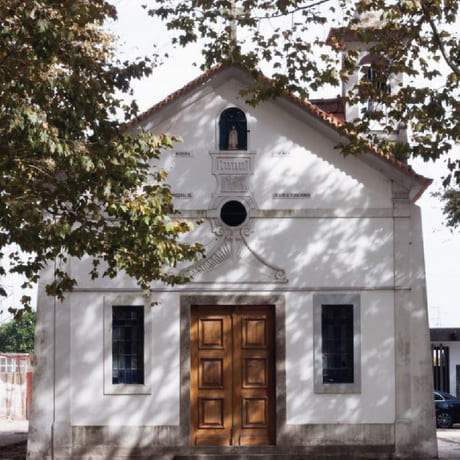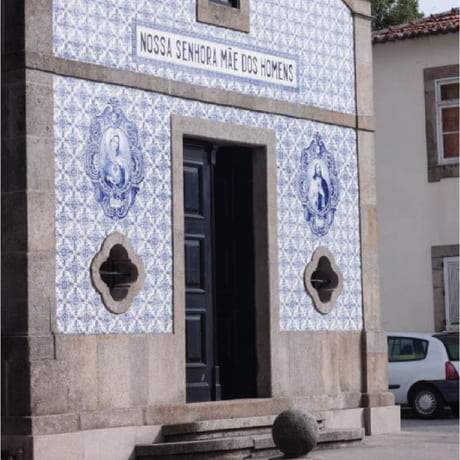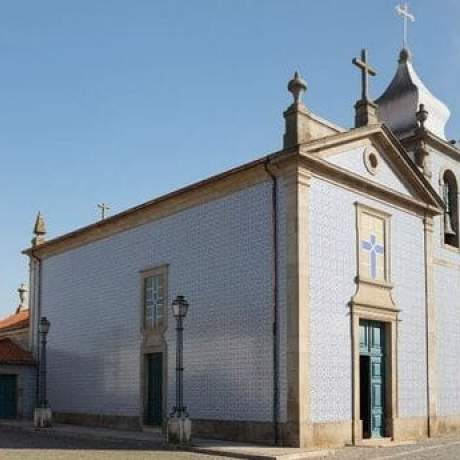
Find other stages here
-
6.47 Km
-
01h40
-
Easy
-
110m
-
Asphalt
The territory of the current municipality of Matosinhos has a deep and ancient connection to the pilgrimage paths to Santiago de Compostela, which have been documented here since the Middle Ages. This connection largely shaped the determining elements of its own cultural identity, which is expressed in the legend of Cayo Carpo, the “Knight of the Shells”. This narrative, probably of medieval origin and set in writing in the 17th century, whose action takes place on the beach of Bouças (primitive name of Matosinhos) reports a miraculous encounter of this character with the boat that transported the apostle's body towards Galicia. According to an old popular tradition, this legend would also explain the origin of scallops as a Jacobean symbol and the origin of the toponym Matosinhos. On its way through the municipality of Matosinhos, the Way crosses the territory that, between the 12th and the 19th century, was part of the Couto de Leça of the Order of Knights Hospitallers, headquartered in the Monastery of Leça do Balio, about 1,5 km from the Way. In this Monastery, anonymous but also royal personalities found hospitality and assistance when heading to Santiago de Compostela. Due to its geographical situation, this territory underwent profound transformations in the 20th century, creating a diverse landscape where the rural and traditional space mixes with the urban and contemporary space. Until reaching Maia, the route winds through the existing points of interest that delight those who visit them.

Close
Search results for:
No results were found matching your search.
Information available soon.








